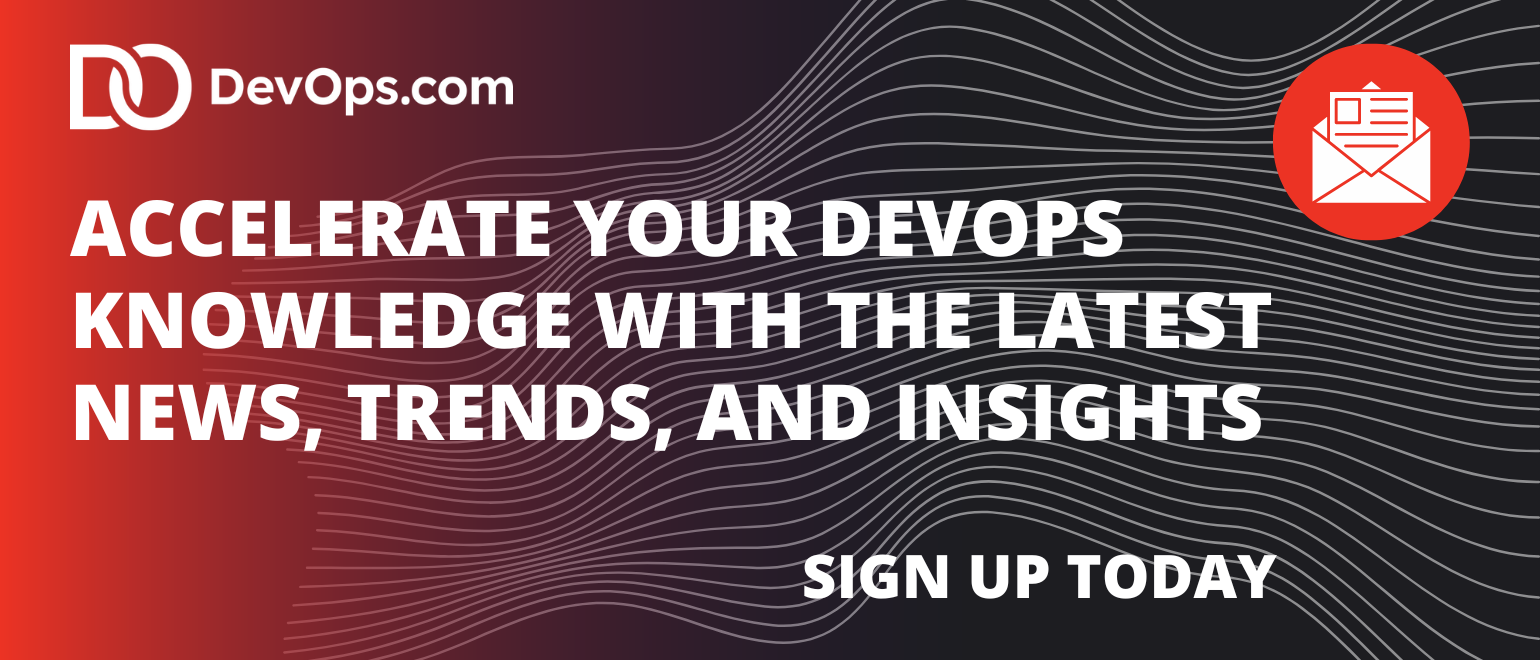If you’re plugged into the pulse of developer innovation — and if you’re reading DevOps.com, I know you are — you’ve probably seen “vibe coding” floating to the top of the AI conversation. Sure, the term might raise eyebrows. But beneath the nomenclature is something real, something with the potential to change how professional developer teams and CI/CD pipelines operate at scale.
Let’s break down what vibe coding is, why it’s more than just another buzzword, and — most importantly — how it’s going to shake up the daily lives of modern DevOps teams.
What is Vibe Coding? It’s More Than Just Buzz
Vibe coding is AI-powered, collaborative code creation, where the “vibe” — the team’s culture, coding style and collaborative preferences — is harnessed as an operational parameter. Imagine pairing human strengths with advanced generative AI, capturing not just code syntax and logic, but the subtle preferences, patterns and conventions that make YOUR team effective.
This isn’t about getting AI to write a few snippets. It’s about the AI learning your team’s DNA. The “vibe” is baked in from the get-go—think TDD, security policies, code linting standards, or even the wry humor in your commit messages. The result? Cleaner code, fewer handoffs lost in translation, and a faster path from ideation to deployment.
What’s in it for DevOps & CI/CD Teams?
DevOps is about more than pipelines — it’s about bringing people, processes *and* technology into alignment. That’s where vibe coding comes in:
–Deep Team Alignment: Vibe coding ensures AI suggestions reflect your team’s unique culture, not a generic “best practice.” New team members or contractors? The onboarding curve just got easier.
–Streamlined CI/CD: Vibe coding-enabled tools can integrate directly with your CI/CD workflows. They “know” your pipeline’s quirks and policies, flagging likely issues and optimizing for what really matters to your team—speed, security, reliability.
–AI as a Team Player: Rather than a passive copilot, the AI actively recommends refactors, testing strategies, or deployment tactics that fit your team’s established rhythm.
–Enterprises Get “Vibable” Products: As these tools and approaches mature, expect to see “Vibable” as a quality mark—meaning platforms and tools designed specifically to blend with your team’s vibe, priorities, and infrastructure.
Futurum Insights: Vibe Coding’s Enterprise Impact
The potential of vibe coding isn’t just theoretical. The analysts at Futurum Research have weighed in on this trend, highlighting that the “next generation of AI-assisted coding won’t simply accelerate code production — it will fundamentally change how professional development teams operate and interact.” According to The Futurum Group, organizations adopting vibe coding can expect “reduced onboarding time, faster implementation of best practices, and more resilient, consistent code delivery across teams.”
The Futurum Group’s research aligns with what we’re seeing at the practitioner level: The more your AI tools can reflect your team’s true working style, the more valuable — and trusted — they become. For CI/CD teams, this means fewer interruptions, smoother rollouts, and a more predictable dev-to-deploy cycle.
The Road Ahead
Vibe coding isn’t just about feel-good collaboration. It’s about real business impact—accelerating feature delivery, reducing technical debt, and lowering time to value. As the DevOps landscape evolves, expect the “vibe” to become as important as the code itself.
The bottom line: If you want your CI/CD and DevOps teams to stay competitive — and maybe even have some fun along the way — it’s time to tune in to the vibe.
For further reading and a deeper dive into enterprise impacts, check out The Futurum Group’s analysis on AI and the evolution of vibe coding.




